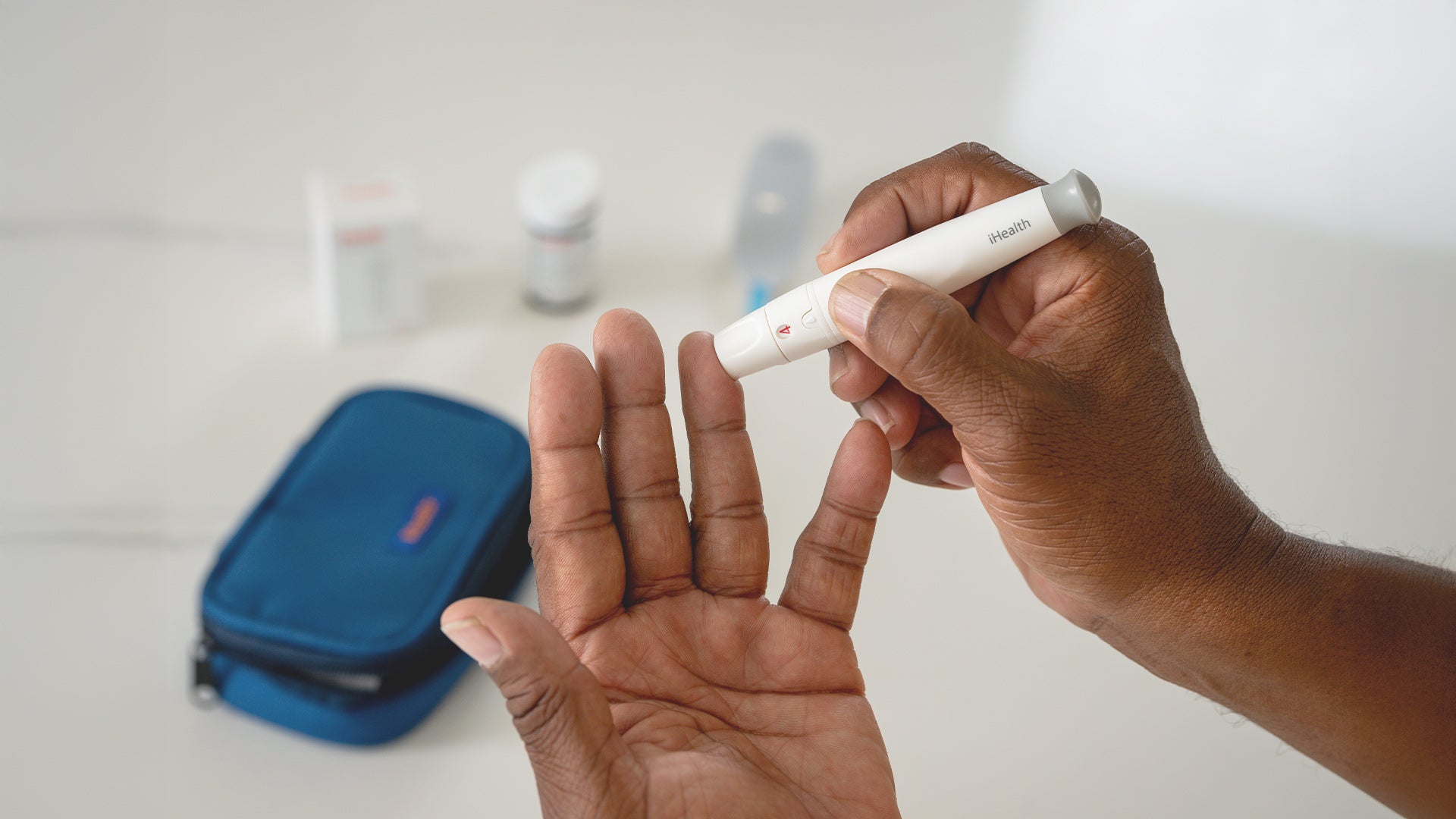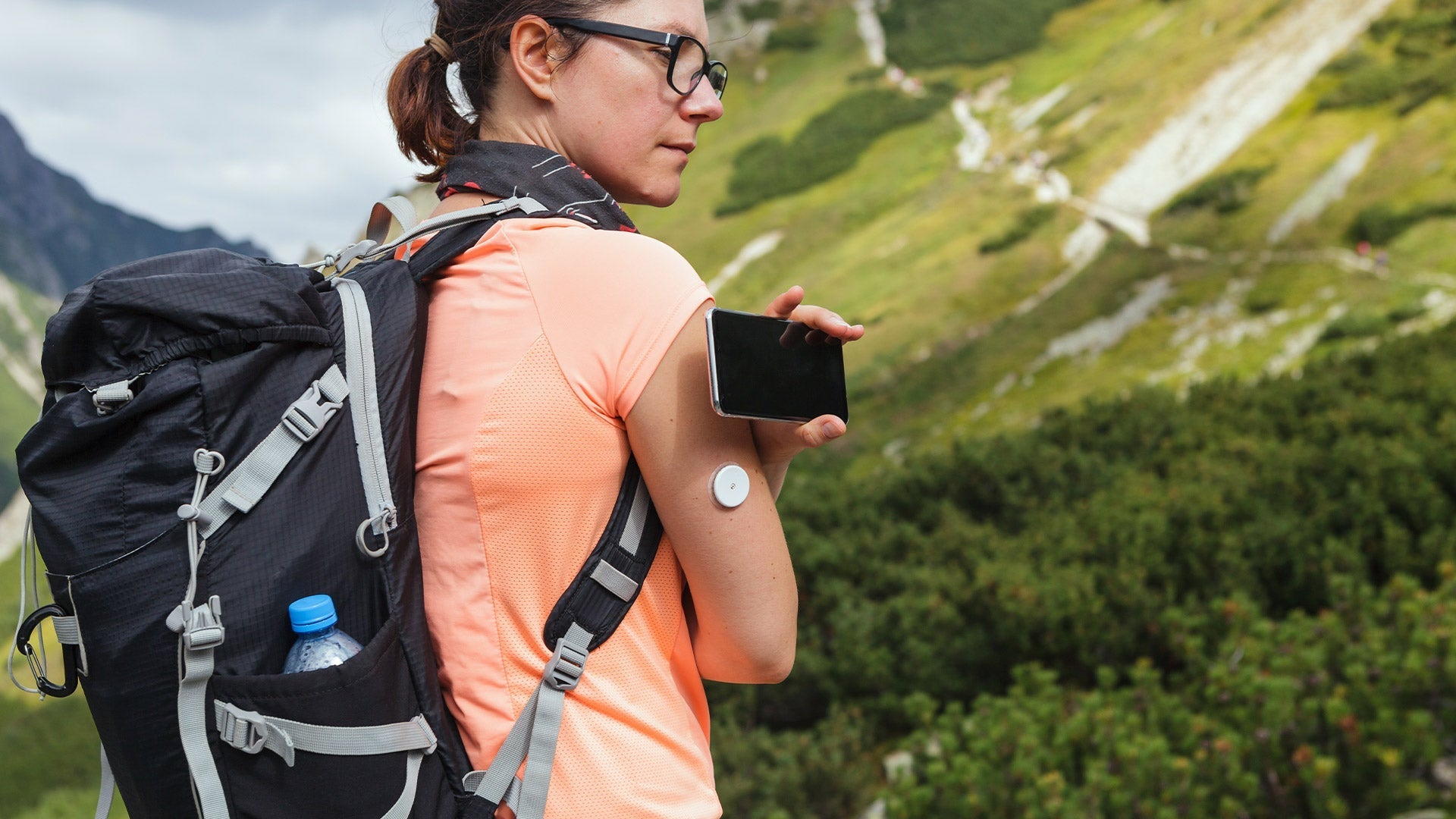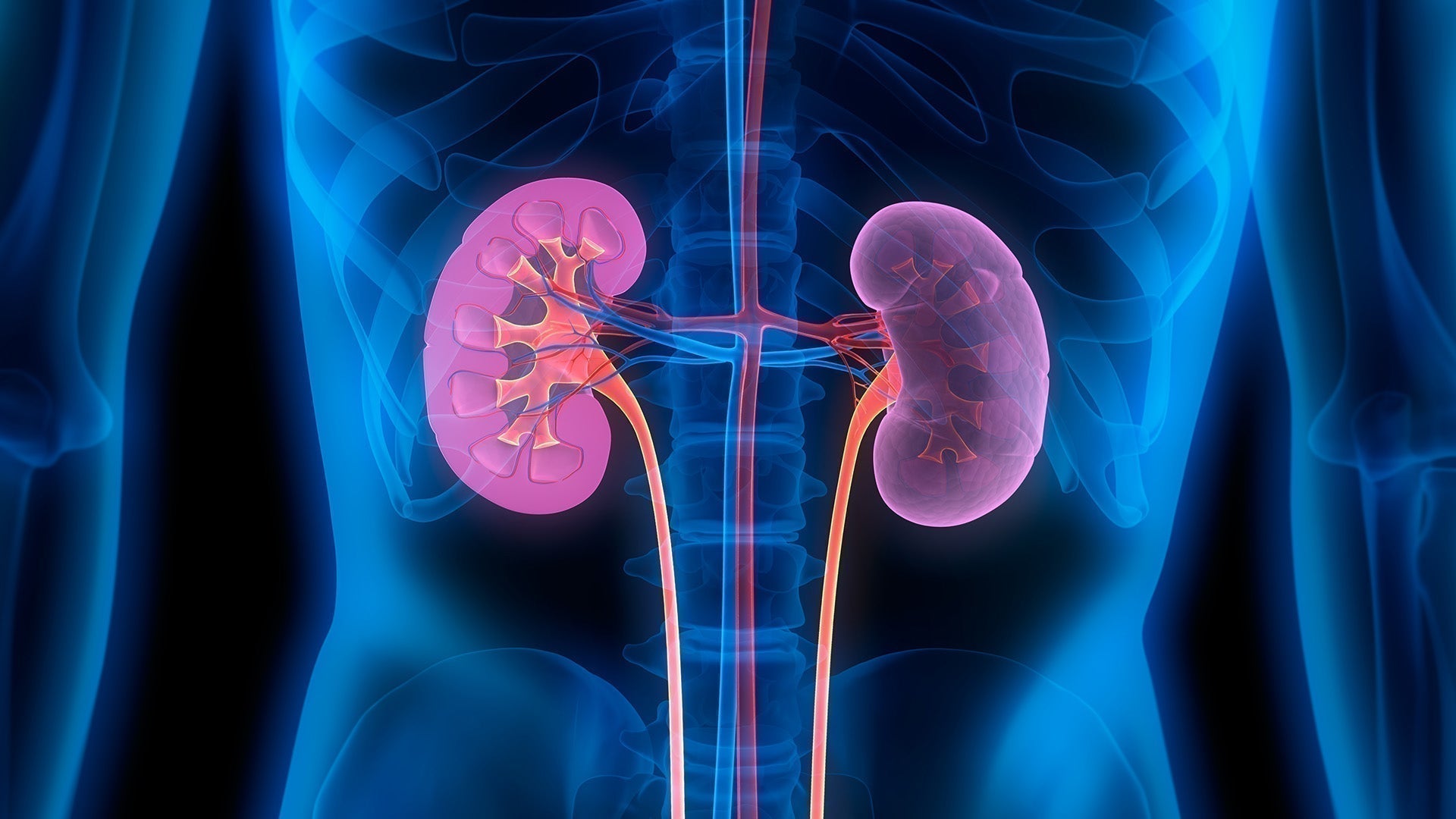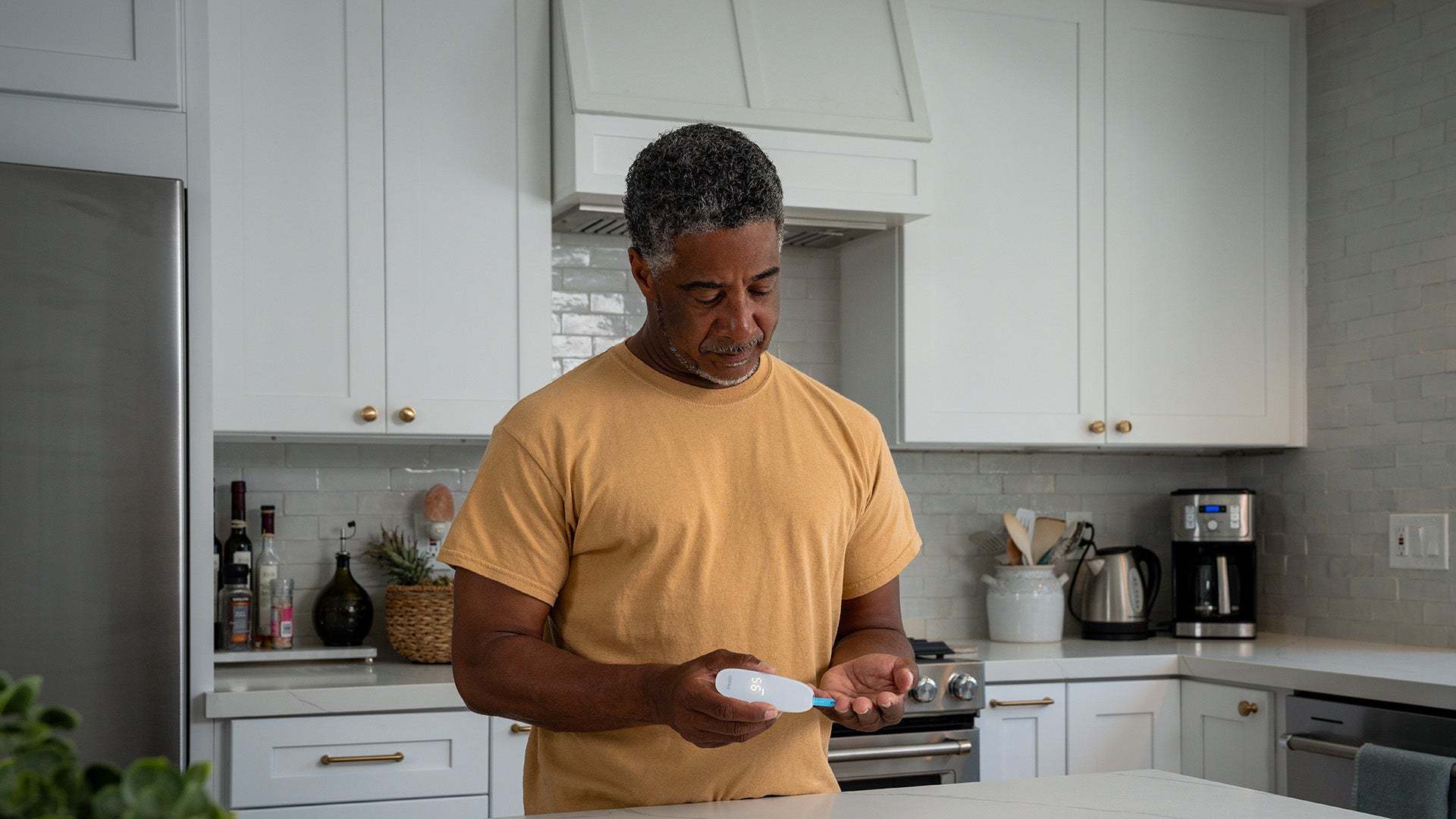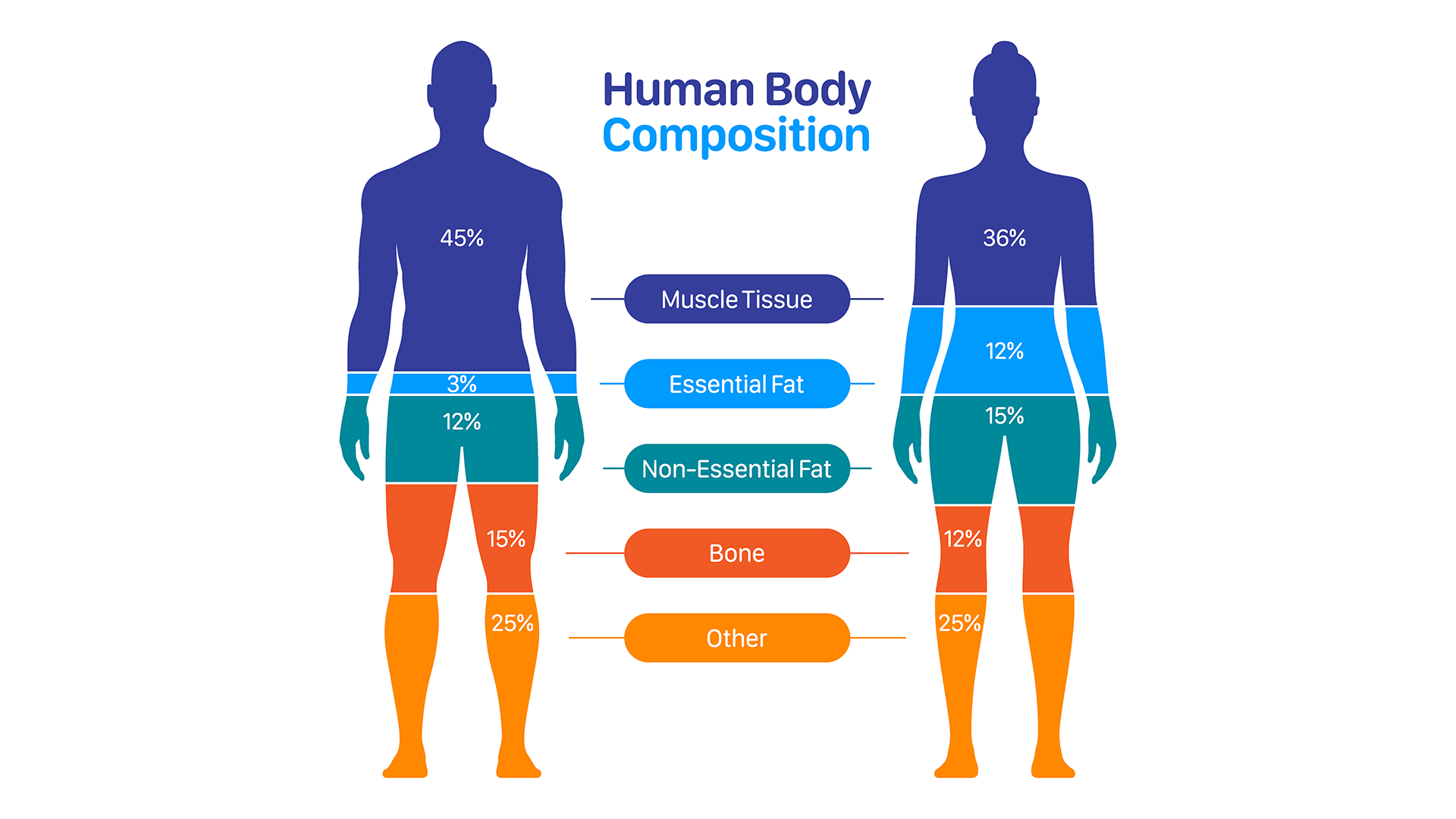Learn Your Way
to A Healthier Life
 More than five years after the start of the pandemic, COVID-19 continues to influence how we think about public health. Though the crisis phase is certainly behind us, the virus itself hasn’t disappeared. And many of the public health habits are here to stay: from rethinking sick days to embracing at-home testing, the way we manage public health has become more personal, proactive and informed.
More than five years after the start of the pandemic, COVID-19 continues to influence how we think about public health. Though the crisis phase is certainly behind us, the virus itself hasn’t disappeared. And many of the public health habits are here to stay: from rethinking sick days to embracing at-home testing, the way we manage public health has become more personal, proactive and informed.
The good news? We’re not starting from scratch. We now have the tools and the awareness to respond quickly, including convenient at-home COVID tests that can help reduce spread and protect others.
Is COVID Still a Concern in 2025?
Yes—especially during the summer months. While COVID-19 may no longer dominate daily headlines, the virus hasn’t disappeared. In fact, health experts continue to observe a predictable seasonal trend: rising case numbers during the summer.
Surprisingly, the summer months are a prime time for the virus to pick up. According to the Johns Hopkins Bloomberg School of Public Health, COVID rates have surged in July and August every year since 2020 due to a mix of viral behavior, seasonal travel and human habits.
This year is no exception. We’re already seeing an uptick in COVID cases this summer, underscoring the importance of staying prepared, especially if you’re traveling, attending gatherings, or spending time indoors with others. The World Health Organization (WHO) also reported recently that it is monitoring a new COVID variant that has landed in the U.S. and other areas around the globe, which could drive a summer uptick.
As a dietitian and diabetes educator, I’ve seen firsthand in my practice how early testing can empower people to take proactive steps in their health. One of the simplest ways to protect yourself and those around you is by keeping an at-home COVID test on hand. Quick, convenient, and easy to use, home testing allows you to respond promptly to symptoms or potential exposures.
Current Pandemic Trends
As of July 2025 data, COVID-19 infections in the U.S. are growing or likely growing in over 20 states, according to CDC data from the Center for Forecasting and Outbreak Analytics, which measures how fast the virus is spreading. Nationally, the infection rates are increasing, though the percentage of emergency department visits for COVID-19 remains very low at just 0.40%.
Symptoms of COVID in 2025
Most people who are sick from COVID-19 have at least one of the following symptoms, though symptoms can vary with each person and strain:
● Cough
● Runny nose
● Fatigue
● Fever
● Loss of smell or taste
● Headache
● Congestion
● Sore throat
● Body aches
How to Protect Yourself in This Post-Pandemic Landscape
COVID-19 has reshaped how we think about everyday health—and those changes are still influencing the choices we make in 2025. Many of us now approach illness and prevention with a more mindful, community-centered mindset.
Some of my nutrition clients in my practice as a dietitian tested early and were able to prevent spreading illness to vulnerable family members, while others appreciated those around them who tested early and prevented the spread to their families.
Staying home when you’re sick, wearing a mask during flu season and paying attention to indoor air quality have become common-sense habits, not just emergency measures.
Home Testing Keeps Everyone Safe
Testing for COVID is part of the post-pandemic shift. It’s no longer just a reactive tool for when you’re really sick or traveling, rather it’s a proactive way to care for your health and protect those around you. Whether you’re experiencing mild symptoms, preparing to see a vulnerable loved one, or just want peace of mind, an at-home COVID test can provide clarity and help stop the spread early. At-home COVID tests allow you to check your status quickly and easily, so you can take action before spreading the virus to others. Having these tests on hand helps you make confident, informed decisions.
Preventing COVID-19 in 2025
Remember, though COVID-19 isn’t dominating headlines like it once did, it’s still a public health concern especially during seasonal surges.
Besides at-home testing, here’s what else you can do in 2025 to prevent the spread:
● Get updated COVID-19 vaccines
● Wash your hands regularly with soap and water
● Circulate fresh air through indoor or closed off spaces
● Wear a mask when are symptomatic or when you are around someone else who is symptomatic
By integrating habits like handwashing, ventilation, and home testing into your routine, you’re helping contribute to what it means to stay well in a post-pandemic world.
What to Do If You Test Positive in 2025
If you test positive for COVID-19, follow the CDC’s most up-to-date guidance:
● Stay home and avoid contact with others to help prevent spreading the virus
● Notify close contacts so they can monitor symptoms and consider testing
● Manage symptoms with over-the-counter medications, hydration and rest
● Seek medical care if you’re at higher risk or your symptoms become more severe
The Bottom Line
Five years later, it’s clear that the pandemic reshaped the way we think about public health:
● At-home testing is here to stay. It empowers you to proactively take charge of your health without waiting in lines or clinics.
● Public health is now more personal. We’ve learned that everyday actions, like staying home when sick, do make a difference.
● COVID isn’t over, but we’re smarter and more prepared. We have the tools, knowledge and habits to manage COVID responsibly as part of daily life.
Remember, simple habits like staying hydrated, prioritizing sleep, and eating balanced meals, not just during illness, but as a long-term strategy, can help you feel better and stay well.
Sign Up For More From iHealth
Receive the Latest News and Special Offers





